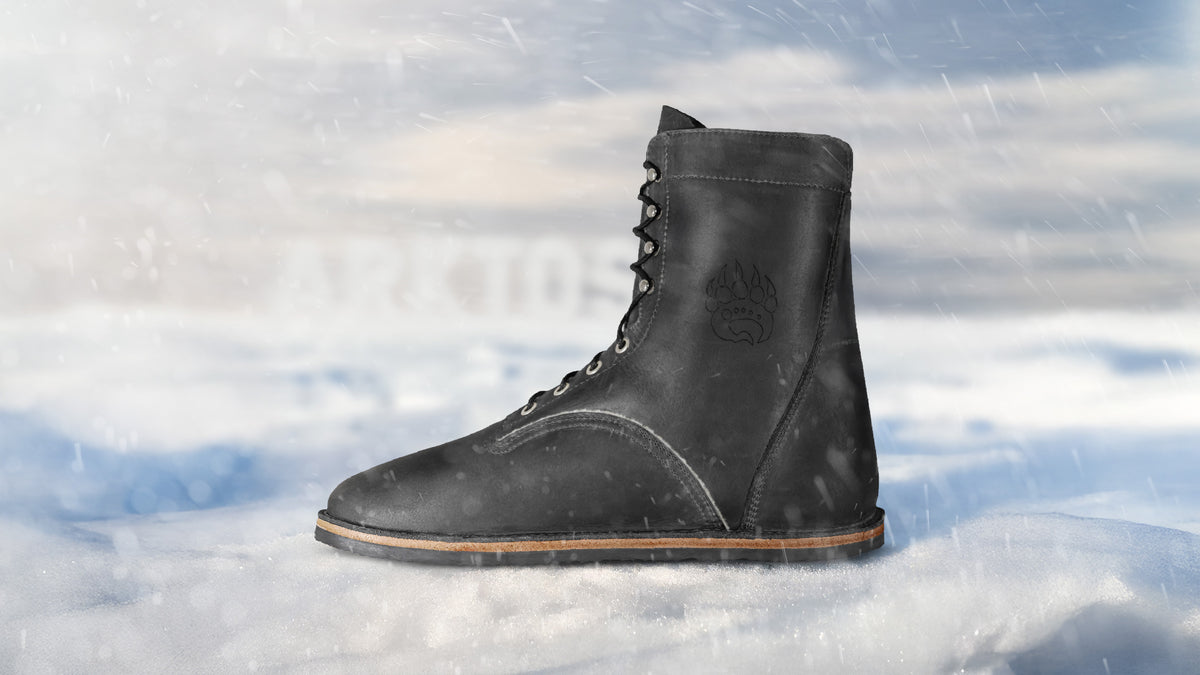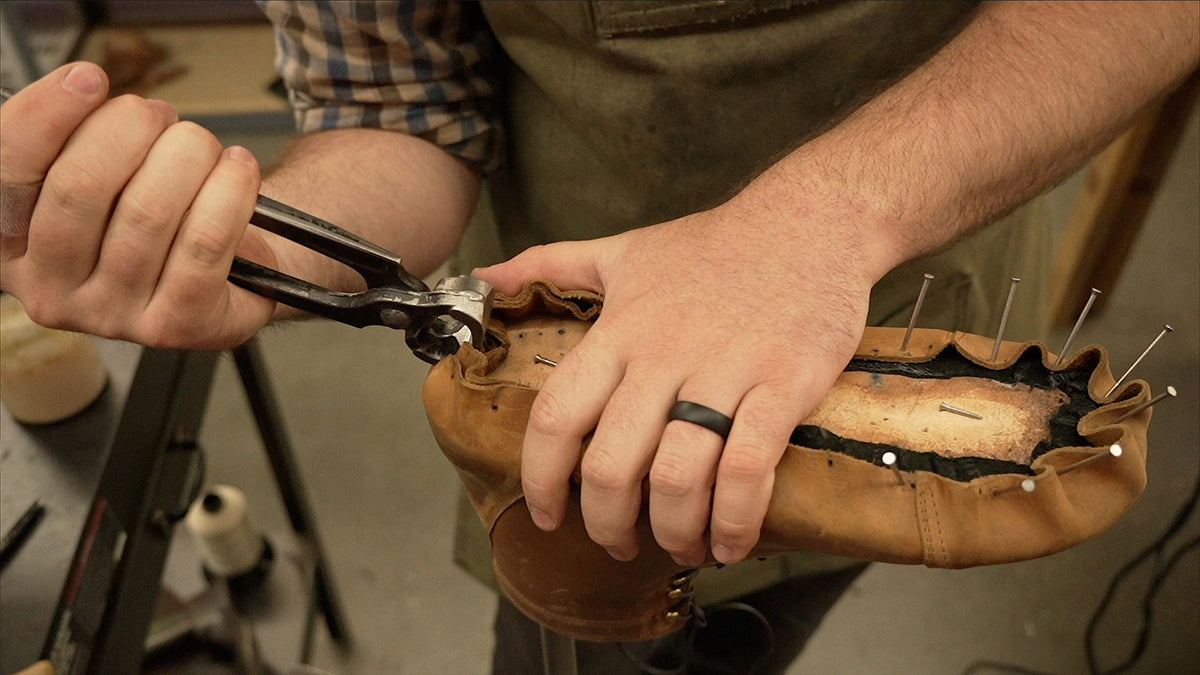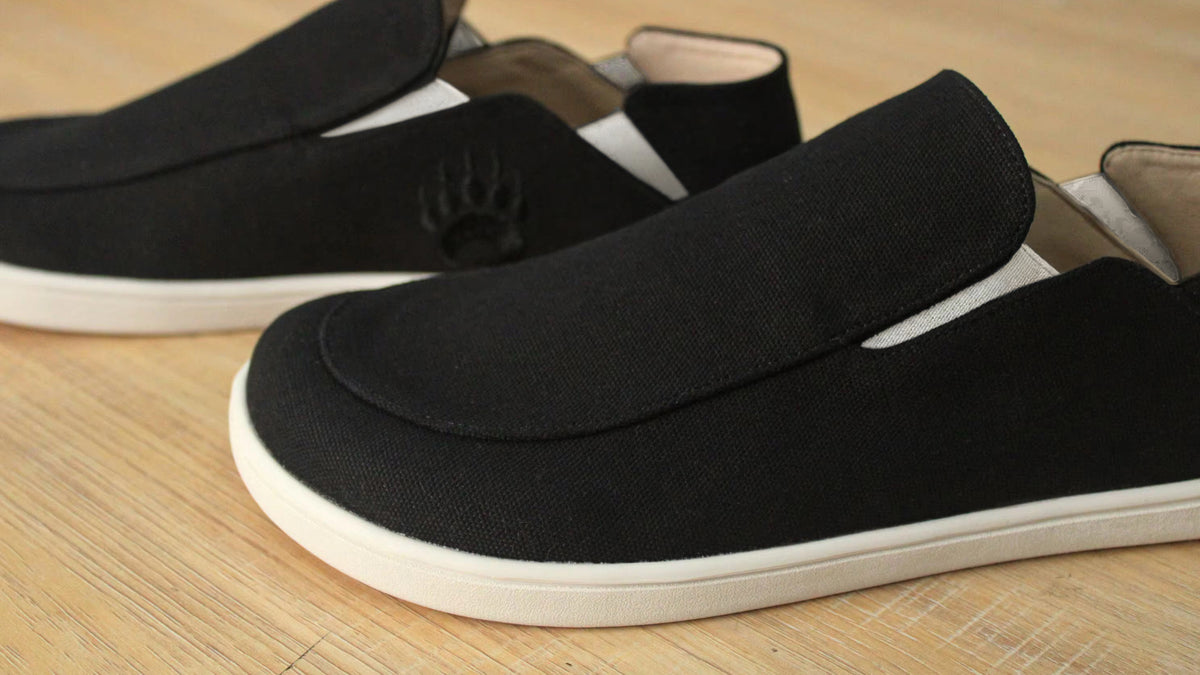Best Exercises To Do Daily for Better Foot Health
Written by John Baker, CSCS and Lily Hoog-Fry, RYT-E of Swell Movement & Longevity
Introduction
In case you weren't aware, we're pretty big into foot health and foot health exercises over here at Bearfoot Shoes! In fact, we're so confident that good foot health will change your life that we even wrote a blog about it, which you can check out here. Today, we are going to take it one step further and provide you with some advice on what simple exercises you should be doing daily to maximize your foot health and ensure that you are setting yourself up with some healthy feet, and an even better quality of life.
A Note on Exercise Selection
Before we dive into it, we would like to reiterate that this routine is meant to be done daily, or at least on a regular basis. What this means is that it is intentionally not meant to be the most fatiguing of routines -- could you imagine doing heavy squats day after day! When trying to learn the new motor skill that is restoring the mobility your feet were made with, we need repeated exposure, not intense bouts with prolonged gaps between them.
I'm sure that most of you can think back to any number of times you were trying to learn how to do something new, and can recall that things went better when you practiced often, right? If we were to choose exercises that are too difficult, you wouldn't be able to recover between the daily sessions, fatigue would set in, and at some point risk of injury will go up and motor learning would go down (Borotikar et al, 2008)(McLean & Samorezov, 2009)(Verschueren et al, 2020). In short, please follow the exercises as written to improve your overall foot health, and increase the difficulty over time if desired, and if appropriate.
Foot Rolling
We will continue to rant and rave about this exercise until we see everyone doing it! The best tool for this drill is the Naboso Neuro Ball, but a golf ball, frozen water bottle, or a lacrosse ball (a lime or a lemon was never bad either). Foot rolling is a great way to help relieve tension in the foot and the calf, as some of the calf muscles actually wrap around the ankle and run along the bottom of your feet. But even stranger, is how effective this exercise is at releasing tension in the whole body. The fascia, or the wrapping, of our muscles is continuous everywhere in our body. If it is super tight on the feet, it will pull all the way up to the head. To see this for yourself, try to touch your toes, roll your feet for a few minutes, and forward fold again. Big difference, huh?
This is also a great exercise to help alleviate specific foot pain, arch pain, plantar fasciitis pain, and heel pain caused by tight muscles, as well as trigger points. After this drill you can expect an increase in foot and ankle range of motion, less tension in your achilles tendon, less neck tension and improved movement quality all over.
Now that we have the muscles and tissue of the foot all loose and ready to move, we are going to move into Toe Extensions, which are kind of like yoga for your toes. This exercise is going to help with the coordination and control of all of our toes– but separately! This is probably one of the hardest exercises that looks like one of the easiest exercises, so gear up! This is because, more than anything, you are neurologically rewriting a connection to your long lost toes. You’ll be surprised by how fast your brain is at learning this new skill however, so stay persistent.
You may find that you are really great at raising all of your toes together, but really try to focus on just moving the big toe into extension, and then extension of the other four toes– separately! Developing muscular coordination and strength in these toe muscles (the extensors on the top of your foot), will allow these muscles to do their job of helping the plantar fascia and arch of your foot stay lifted. This can help to reduce your risk of plantar fasciitis, as well as better awareness of your feet to prevent falls and increase strength gains in the gym. (Note, this can be done in a standing or seated position, with seated being slightly easier and a better place to start).
Foot Flexion Series
Now let’s strengthen the other side of the foot, too! Just like any good structure, we need our feet to have strength from the top and the bottom. The foot flexion series is a great bang for your buck exercise, and is an effective way to hit several things at once. It combines elements of enhancing foot strength, foot mobility and ankle mobility, as well as the muscles on the side and back of your calf. As an added bonus, the foot flexion series will increase ankle range of motion will help reduce the amount of force that is placed on the knee joint (Schroder et al, 2023), which will help you hit depth in your squat without needing to dump into spinal flexion at the bottom (AKA: Butt Wink) and allow for better knee tracking, too. Are you getting the idea that a stronger foot is a stronger body, yet?
Standing Calf Raises with Ball
This is the last exercise, and where we are going to put it all together. Remember, that we are intentionally not doing anything too stressful so that this foot care routine can be part of your daily activities. Said another way, you should NOT take this exercise to failure. Instead, take it to technical failure, which is the point in which you cannot maintain fantastic form and control over the lateral sway/stability of your foot during the calf raise (without the need to hold onto something). We want to focus on creating great habits with our movement rather than reinforcing poor movement patterns.
We are going to use a lacrosse ball or tennis ball between the heels to keep us from cheating and rolling onto the outside of our feet, which is just your body's cheater way of creating stability with less muscular work (your body is smart for short term decrease in energy expenditure but not for your long term foot health). Another thing to note is that you should try to lean forward as little as possible, as this is another cheat – it reduces the lever arm (point in which you center of gravity is from the balls of your feet) and requires a lot less effort from the surrounding muscles of the foot and ankle.
Go slow with the movement, anyone can fling their heels into the air, but it takes a pro to control themselves through a full range of motion calf raise without external support. As we, and one of our mentors, Dr. Mumma likes to say, “slow is pro.”
Conclusion
These exercises pair fantastic with strength training, we like to use them as active rest between our other exercises in the gym. They also work great as a morning or evening routine. You can even do them during a conference call if that's more fitting for your life! No one knows what you’re doing with your feet!
Let us know your experience with this foot care routine. We'd love to hear how implementing this simple routine has helped you! Remember, movement quality counts! Don't just rush through it to get it done, do it well and reap the treasure that is better foot health and improved quality of life.




























